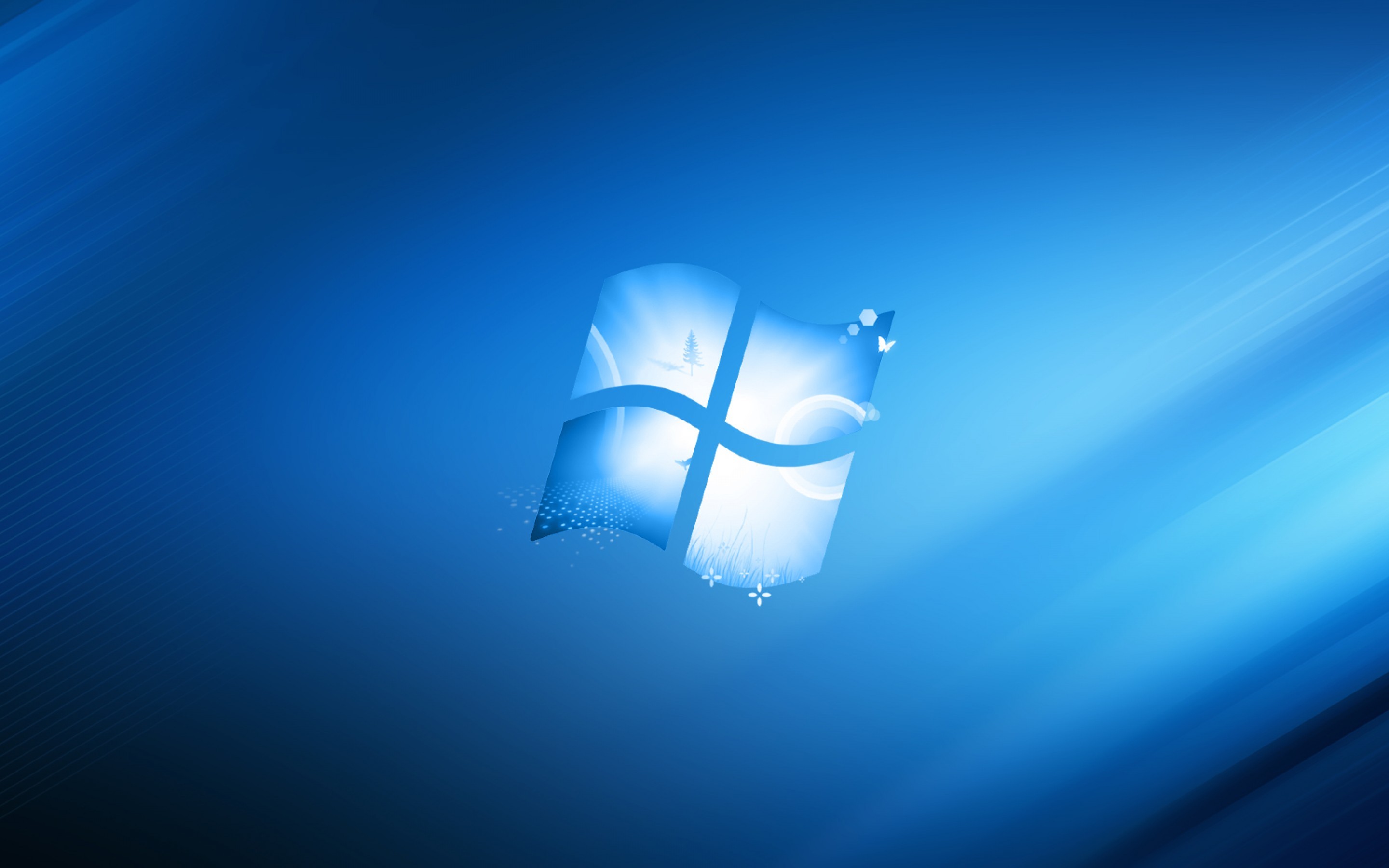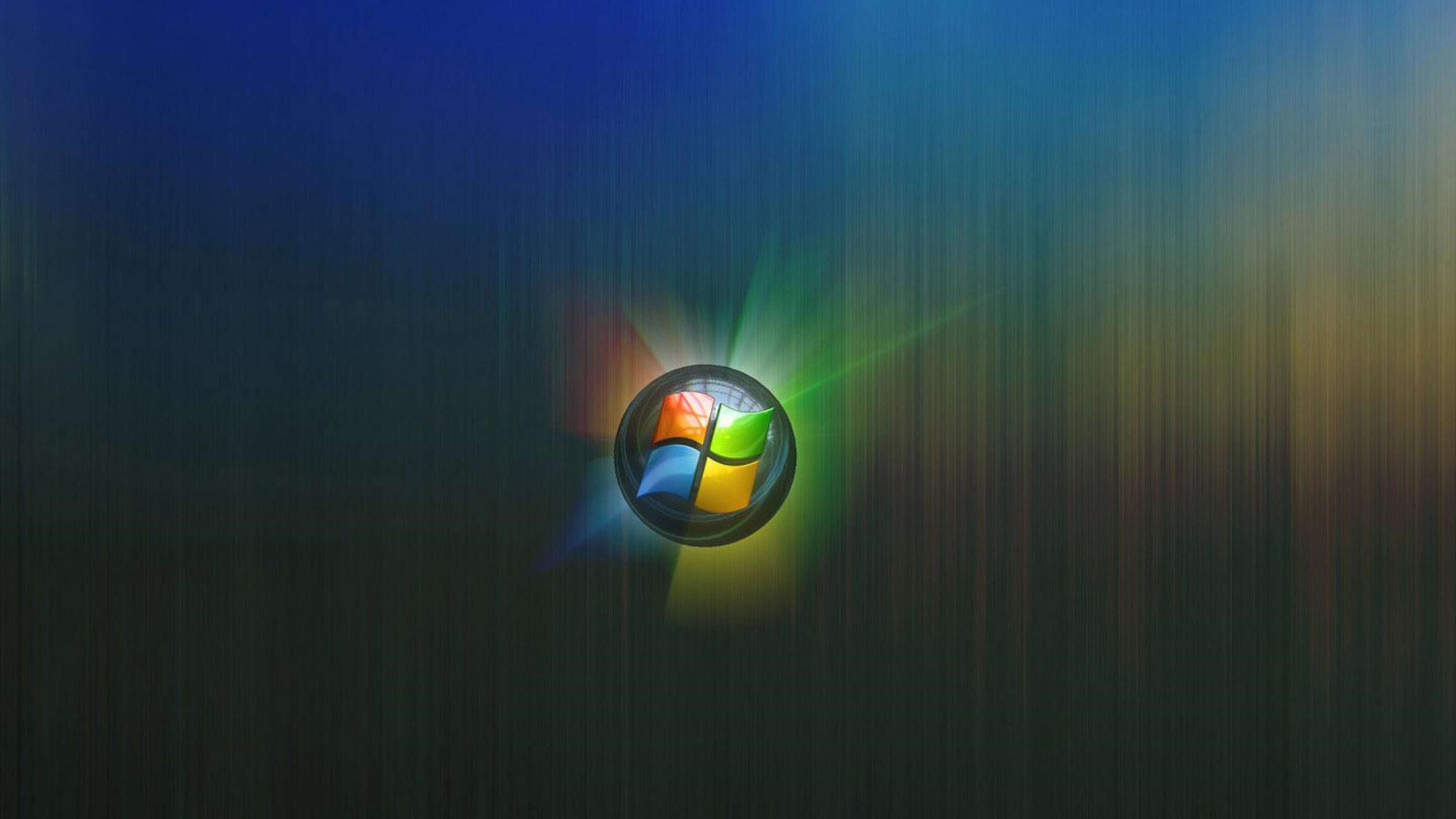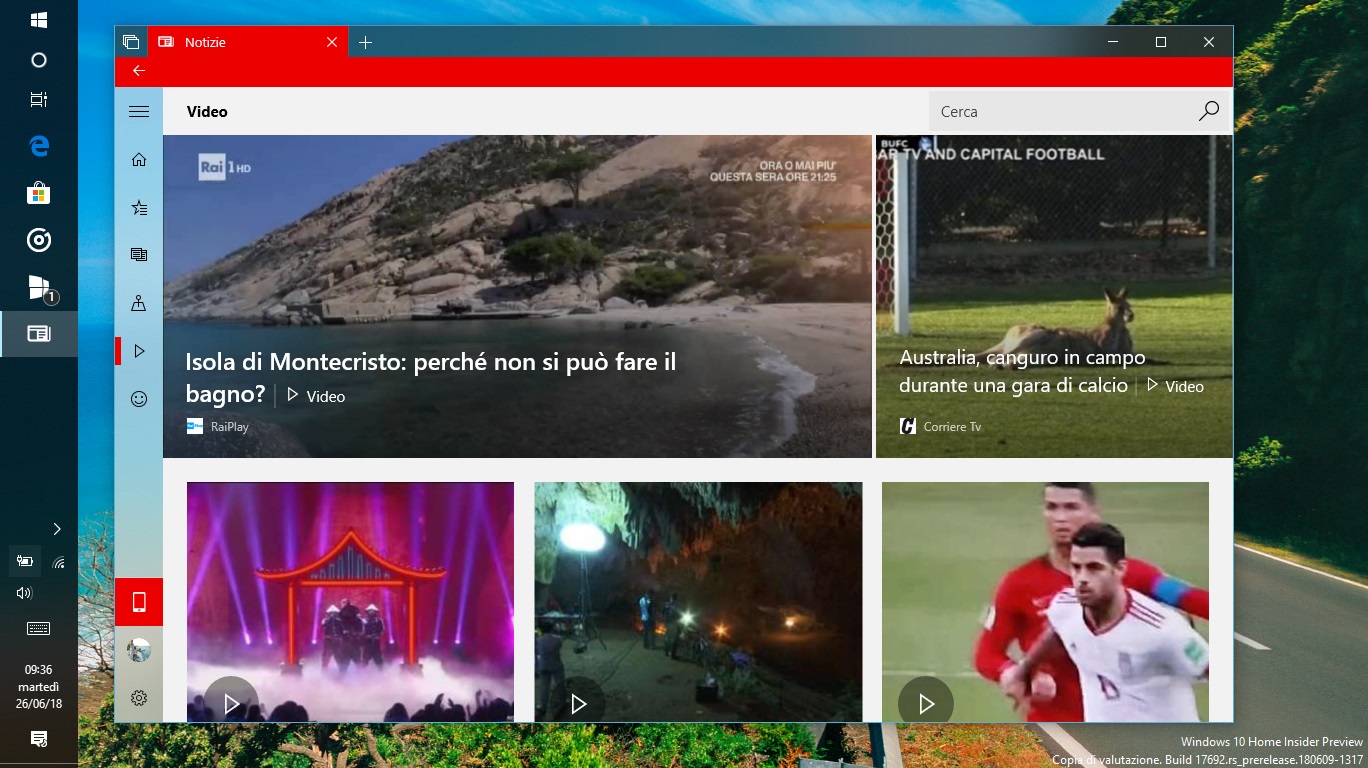Other critics argued that Microsoft should not have triggered any downloading of Windows 10 installation files without user consent. 10 product keys, meaning they could be entered during installation to activate the free license, without the need to upgrade first to "activate" the hardware with Microsoft's activation servers. The new Start menu takes after Windows 7's design by using only a portion of the screen and including a Windows 7-style application listing in the first column. The second column displays Windows 8-style app tiles.
Myerson said that these changes would occur in a future update, but did not elaborate. Windows Phone 8.1 would share nearly 90% of the common Windows Runtime APIs with Windows 8.1 on PCs. Whether your PC came with a Windows 10 license or you previously took advantage of the free upgrade offer, you won't need to enter a license key during this process. Your Windows 10 license will be automatically acquired from your PC's hardware or via Microsoft's servers. Older blog but I will take a chance and post my problem. One partition is windows 10 Home 64bit and the other is windows 10 pro 32 bit.
When I had a hardware failure I replaced the mainboard with a board that was very close to the original in the sense of chipsets and CPU. Used my original Graphics card , FAXmodem , Hard drives, and memory. When I powered the system I went to the 64 bit partition first. It activated using the "replace hardware recently" option. I have a second retail win 7pro disc package with valid key but when I enter it, It just keeps saying I can't have two different versions on the same machine basically.
In March 2016, some users also alleged that their Windows 7 and 8.1 devices had automatically begun upgrading to Windows 10 without their consent. In June 2016, the GWX dialog's behavior changed to make closing the window imply a consent to a scheduled upgrade. It was concluded that these users may have unknowingly clicked the "Accept" prompt without full knowledge that this would begin the upgrade. The upgrade offer was marketed and initiated using the "Get Windows 10" application, which was first downloaded and installed via Windows Update in March 2015. Third-party programs were also created to assist users in applying measures to disable GWX.
The OS restricts software installation to applications obtained from Microsoft Store; the device may be upgraded to Windows 10 Pro for a fee to enable unrestricted software installation. As a time-limited promotion, Microsoft stated that this upgrade would be free on the Surface Laptop until March 31, 2018. Windows 10 S also contains a faster initial setup and login process, and allows devices to be provisioned using a USB drive with the Windows Intune for Education platform. Prepare a blank USB flash drive with at least 8 GB and connect it to your PC. Download the free Windows 10 media creation tool from the Microsoft's official website and run the tool. On the What do you want to do page, select Create installation media for another PC.
Then select language, Windows Edition, and Architecture for the installation media. On Choose which media to use page, select USB flash drive and follow the prompts to create the bootable USB drive. This edition is designed for "special-purpose devices" that perform a fixed function . For this reason, it excludes Cortana, Microsoft Store, and all bundled Universal Windows Platform apps . 10 Home and Pro is "Semi-Annual Channel " (formerly "Current Branch", or "CB"), which receives stable builds after they are publicly released by Microsoft.
Each build of Windows 10 is supported for 18 months after its original release. Microsoft stated that these devices would no longer receive feature updates, but would still receive security updates through January 2023. Microsoft will continue to support at least one standard Windows 10 release until October 14, 2025. A new iteration of the Start menu is used on the Windows 10 desktop, with a list of places and other options on the left side, and tiles representing applications on the right.
The menu can be resized, and expanded into a full-screen display, which is the default option in Tablet mode. A new virtual desktop system was added by a feature known as Task View, which displays all open windows and allows users to switch between them, or switch between multiple workspaces. Universal apps, which previously could be used only in full screen mode, can now be used in self-contained windows similarly to other programs. Program windows can now be snapped to quadrants of the screen by dragging them to the corner.
When a window is snapped to one side of the screen, Task View appears and the user is prompted to choose a second window to fill the unused side of the screen (called "Snap Assist"). The Windows system icons were also changed. What you need is a Windows 11 ISO file you can boot from and use for a clean install or an in-place upgrade.
Fortunately, there are a few ways to get one. First, you can download a Windows 11 ISO directly from Microsoft. Finally, you can use Aveyo's open-source Universal MediaCreationTool to create an ISO that bypasses WIndows 11's TPM requirement.
Feature updates prior to version 1909 are distributed solely as an in-place upgrade installation, requiring the download of a complete operating system package (approximately 3.5 GB in size for 64-bit systems). Unlike previous builds, version 1909 is designed primarily as an update rollup version of 1903, focusing primarily on minor feature additions and enhancements. The full upgrade process is still used for those using builds prior to 1903. Windows 10 introduces Microsoft Edge, a new default web browser. It initially featured a new standards-compliant rendering engine derived from Trident, and also includes annotation tools and integration with other Microsoft platforms present within Windows 10. Internet Explorer 11 is maintained on Windows 10 for compatibility purposes, but is deprecated in favor of Edge and will no longer be actively developed.
The legacy version of Edge is currently being replaced by the new Chromium-based Edge via Windows Update, though this version can also be downloaded manually. Every Windows 10 version from 20H2, which was released on October 20, 2020, will come with the new version of the browser preinstalled. The Windows 10 October 2020 update added a price comparison tool to the Edge browser.
If you want to do a new installation of Windows 10 then you can download the Windows 10 Windows Media Creation tool. This will automatically download Windows and create a bootable media like USB or DVD for you. The media creation tool acts as a Windows 10 download tool plus a bootable USB builder. You can perform a clean install as well as upgrade your current installation. You can get Windows 10 media creation tool by visiting the Microsoft Media Creation Tool website. Then click the Download tool now button from the webpage.
Then install and run the application on your PC. After that, you can choose to create installation media for another PC or upgrade Windows 10 with Windows 10 media creation tool. 10 heavily emphasizes freemium services, and contains various advertising facilities. Some outlets have considered these to be a hidden "cost" of the free upgrade offer.
As of the May 2019 update, the minimum disk space requirement has been increased to 32 GB. In addition, on new installations, Windows permanently reserves up to 7 GB of disk space in order to ensure proper installation of future feature updates. On July 29, 2015, Microsoft officially announced that Windows 10 would be released for retail purchase as a free upgrade from earlier versions of Windows. Windows 10 received generally positive reviews upon its original release.
Now when I boot it through Rufus for GPT partition. While installing window it say format USB Drive as FAT32. When I Click FAT32 option in Rufus, it automatically change to NTFS when I select iso file. If your Windows 7 or Windows 8 license is not activated and you are not interested in purchasing a license, then your options are limited. Microsoft offers a 90 day trial of its Windows 10 Enterprise edition.
Windows 10 Enterprise is normally distributed under Microsoft's volume license program for large organizations that deploy Windows 10 in bulk. It's a full-featured edition of the operating system but in this case, it's really an evaluation version of the software. Users must register before they can download and install the software. This option is perfect for those users who are running Windows Vista or never had a genuine license, to begin with. Whichever way you choose, you will use your Windows 11 ISO file to create a bootable install USB Flash drive or install Windows 11 in a virtual machine. You can even get away with skipping the product key so you can run the new operating system completely for free .
In October 2015, Windows 10 began to appear as an "Optional" update on the Windows Update interface, but pre-selected for installation on some systems. A Microsoft spokesperson said that this was a mistake, and that the download would no longer be pre-selected by default. Starting with Windows 10 version 2004, Microsoft will require new OEM devices to use 64-bit processors, and will therefore cease the distribution of x86 (32-bit) variants of Windows 10 via OEM channels. The 32-bit variants of Windows 10 will remain available via non-OEM channels, and Microsoft will continue to " feature and security updates on these devices". This would later be followed by Windows 11 dropping 32-bit hardware support altogether, and thus making Windows 10 the final version of Windows to have a 32-bit version.
Unlike previous versions of Windows, Windows Update does not allow the selective installation of updates, and all updates are downloaded and installed automatically. Users can only choose whether their system will reboot automatically to install updates when the system is inactive, or be notified to schedule a reboot. Version 1703 allows wired networks to be designated as metered, but Windows may still download certain updates while connected to a metered network.
You can easily access any version of Windows 10 from this Microsoft download link. The problem with this link is that if you open the link on a Windows 10 PC, it will automatically detect and force the user to download the media creation tool first. The media creation tool can download the ISO but it is not a very pleasant experience. If you want to use the download manager, then you will need the direct download links.
Another function of Window 10 Media Creation Tool is that it can help you create an installation media for another PC or download ISO file. And all Windows 10 editions are available when you select Windows 10, except for Enterprise edition. When finished, you can use the bootable USB drive or DVD disc to install Windows 10.
Windows 10 Media Creation Tool is a very useful tool for users to upgrade Windows 10 or reinstall Windows 10. In this article, I will show you how to use Windows 10 Media Creation Tool to make Windows installation media or to download ISO file with detailed steps and screenshots. There are a number of uses for a Windows ISO file. If you own a Mac, you can use it to install Windows 10 or set up Windows 10 in a virtual machine application. Either way, you'll need a Windows 10 ISO file.
However, just having the free Windows 10 ISO file is not a free Windows license. Mac users, custom PC builders, and anyone installing on a virtual machine will need a Windows product key to legally install Windows 10. The most important thing to remember is that the Windows 7 to Windows 10 upgrade could wipe your settings and apps. There's an option to keep your files and personal data, but because of differences between Windows 10 and Windows 7, it's not always possible to keep all of your existing apps.
Make sure you've noted what apps you use regularly so you can easily obtain them by downloading the installers again. Windows 8.1 can also be upgraded the same way, but without needing to wipe your apps and settings. On January 21, 2016, Microsoft was sued in small claims court by a user whose computer had attempted to upgrade to Windows 10 without her consent shortly after the release of the operating system. The upgrade failed, and her computer was left in a broken state thereafter, which disrupted the ability to run her travel agency. The court ruled in favor of the user and awarded her $10,000 in damages, but Microsoft appealed.
However, in May 2016, Microsoft dropped the appeal and chose to pay the damages. According to Dona Sarkar, this was due to "an inadvertent deployment to the engineering system that controls which builds/which rings to push out to insiders." Windows 10 provides greater integration with the Xbox ecosystem. Windows 10 also allows users to control and play games from an Xbox One console over a local network. The Xbox Live SDK allows application developers to incorporate Xbox Live functionality into their apps, and future wireless Xbox One accessories, such as controllers, are supported on Windows with an adapter. Credentials are stored in an encrypted form on Microsoft servers and sent to the devices of the selected contacts.
Passwords are not viewable by the guest user, and the guest user is not allowed to access other computers or devices on the network. Wi-Fi Sense is not usable on 802.1X-encrypted networks. Adding "_optout" at the end of the SSID will also block the corresponding network from being used for this feature. Device Guard is designed to protect against zero-day exploits, and runs inside a hypervisor so that its operation remains separated from the operating system itself.
The Windows Runtime app ecosystem was revised into the Universal Windows Platform . These universal apps are made to run across multiple platforms and device classes, including smartphones, tablets, Xbox One consoles, and other devices compatible with Windows 10. On September 30, 2014, Microsoft officially announced that Threshold would be unveiled during a media event as Windows 10. Myerson said that Windows 10 would be Microsoft's "most comprehensive platform ever", providing a single, unified platform for desktop and laptop computers, tablets, smartphones, and all-in-one devices. Despite these concessions, Myerson noted that the touch-optimized interface would evolve as well on 10. Windows 10 is a major release of Microsoft's Windows NT operating system.
It is the direct successor to Windows 8.1, which was released nearly two years earlier. It was released to manufacturing on July 15, 2015, and later to retail on July 29, 2015. Windows 10 was made available for download via MSDN and TechNet, as a free upgrade for retail copies of Windows 8 and Windows 8.1 users via the Windows Store, and to Windows 7 users via Windows Update. Windows 10 receives new builds on an ongoing basis, which are available at no additional cost to users, in addition to additional test builds of Windows 10, which are available to Windows Insiders.
I want to windows bit all edition in iso file with activaation key so please send me a best website for download windows 10…. If you want to install from fresh or upgrade your machine to Windows 10, then you need to install the Windows Media Creation Tool to download Windows 10. The tool provided by Microsoft is optimized for downloading necessary files and is also capable of creating a bootable disk, upgrading your machine and even creating Windows 10 ISO for future usage. The only problem with it is that it doesn't support pause and resume, and not everyone has the fastest Internet connection to download the massive 3GB file in one go.
When you want to install or upgrade Windows 10, you will need a Windows 10 installation media like a bootable USB drive or CD/DVD disc. And Windows 10 Media Creation Tool enables you to create an installation USB drive or download its ISO file so that you can burn on to a DVD to install the operating system on a different computer. Critics have acknowledged that Microsoft's update and testing practices had been affecting the overall quality of Windows 10. In particular, it was pointed out that Microsoft's internal testing departments had been prominently affected by a major round of layoffs undertaken by the company in 2014. Microsoft relies primarily on user testing and bug reports via the Windows Insider program , as well as correspondence with OEMs and other stakeholders.


























No comments:
Post a Comment
Note: Only a member of this blog may post a comment.